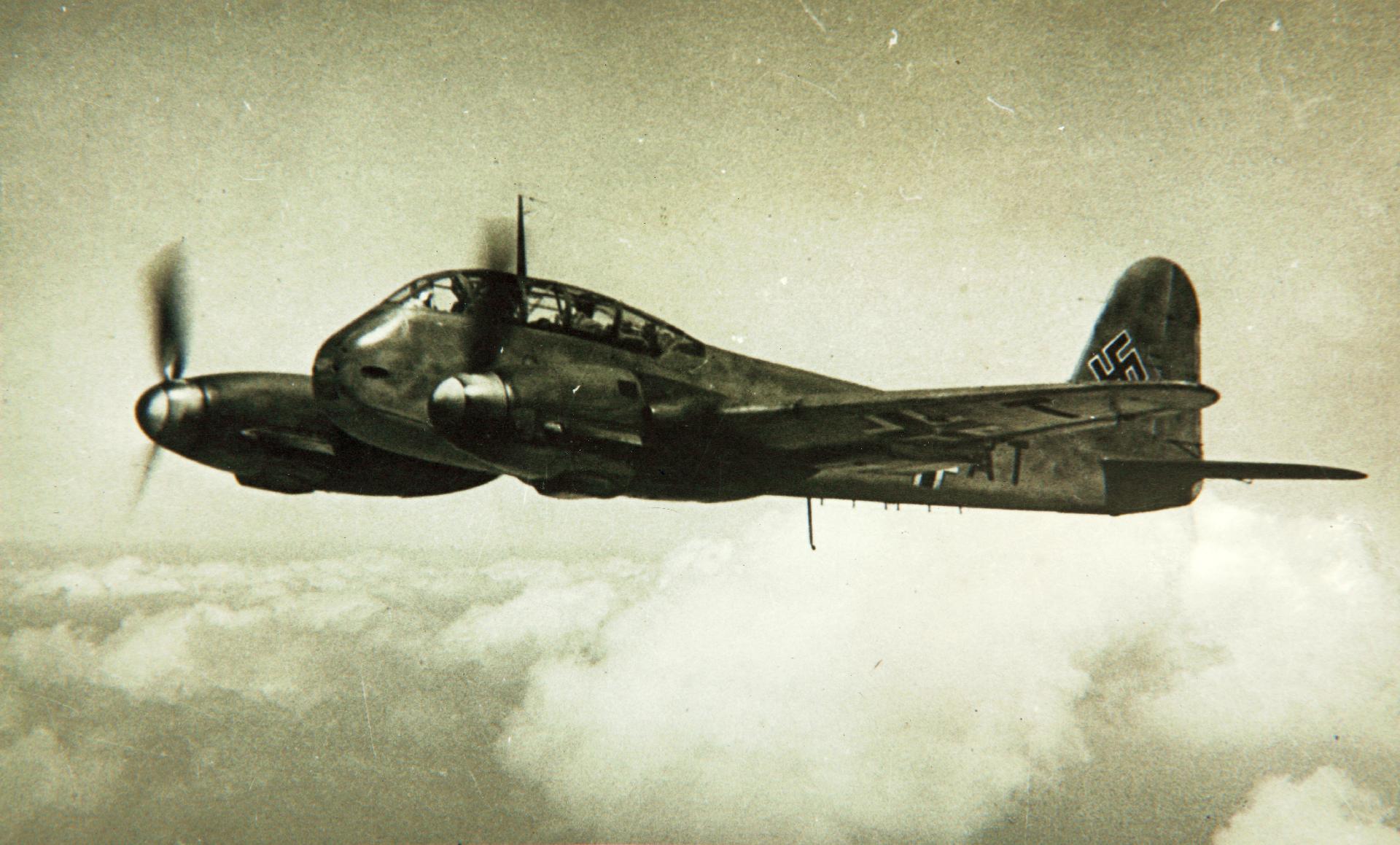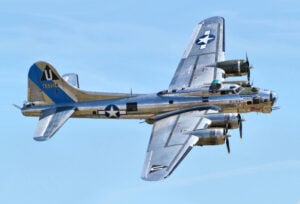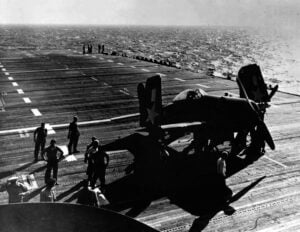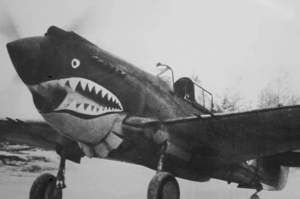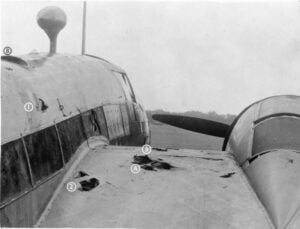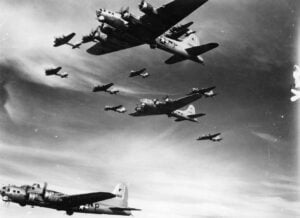The 5 Worst Designed Planes Of WW2
When World War II began, aircraft had been around for barely three decades. Aviation was still a young science, and while the era produced legendary machines like the Spitfire, B-29, and Me 262, it also gave us some of the worst aircraft ever built. Slow, unstable, or outright dangerous, these failures cost lives and stand today as reminders that not every design could meet the demands of modern war.
The British Blackburn Botha: A Flying Deathtrap
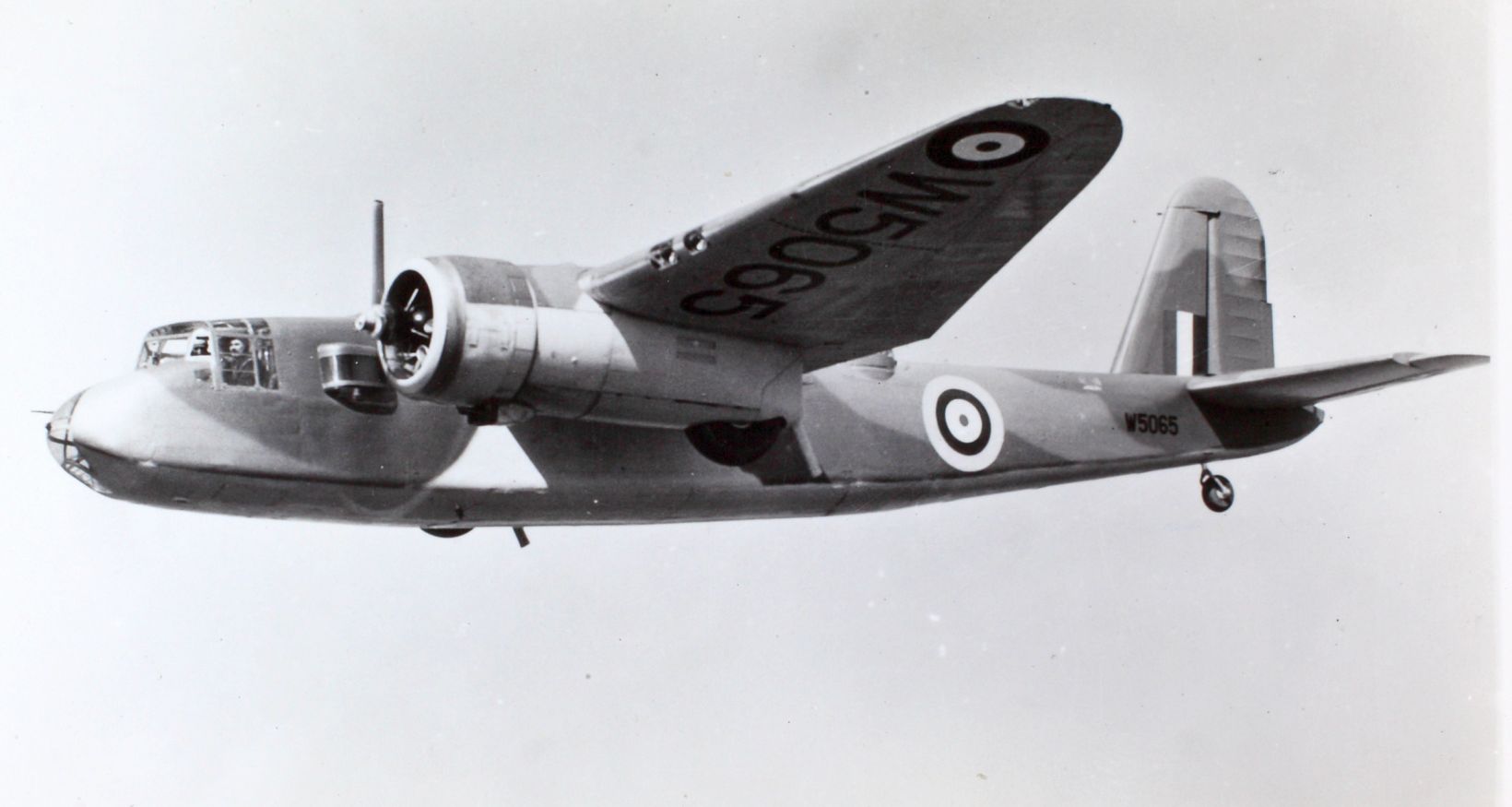
In 1935, the British government requested a twin-engine torpedo bomber and reconnaissance plane. Blackburn’s Botha was chosen, but a last-minute change in requirements forced designers to add a fourth crewman without access to stronger engines.
The result was a lumbering aircraft powered by underwhelming 930-horsepower Perseus engines. It crawled through the sky at just 180 knots, with poor visibility and dangerous handling. By 1940, the Botha had earned a reputation as a deathtrap. Even when relegated to training duties, it killed scores of young airmen in crashes. By 1944, it was quietly scrapped.
Germany’s Me 210: The Plane Pilots Hated
The Luftwaffe hoped the Messerschmitt Me 210 would replace the aging Bf 110. On paper it looked impressive, with two powerful engines, a bomb bay, and remote-control guns. In reality, it was a nightmare.
The Me 210 shook violently in flight, stalled in turns, and spun uncontrollably. Test pilots bailed out, and frontline aircrews compared flying it to Russian Roulette. Production was halted within months. A reworked version, renamed the Me 410, eventually entered service—but the reputation of the 210 was beyond saving.
The Blackburn Roc: A Fighter That Couldn’t Fight
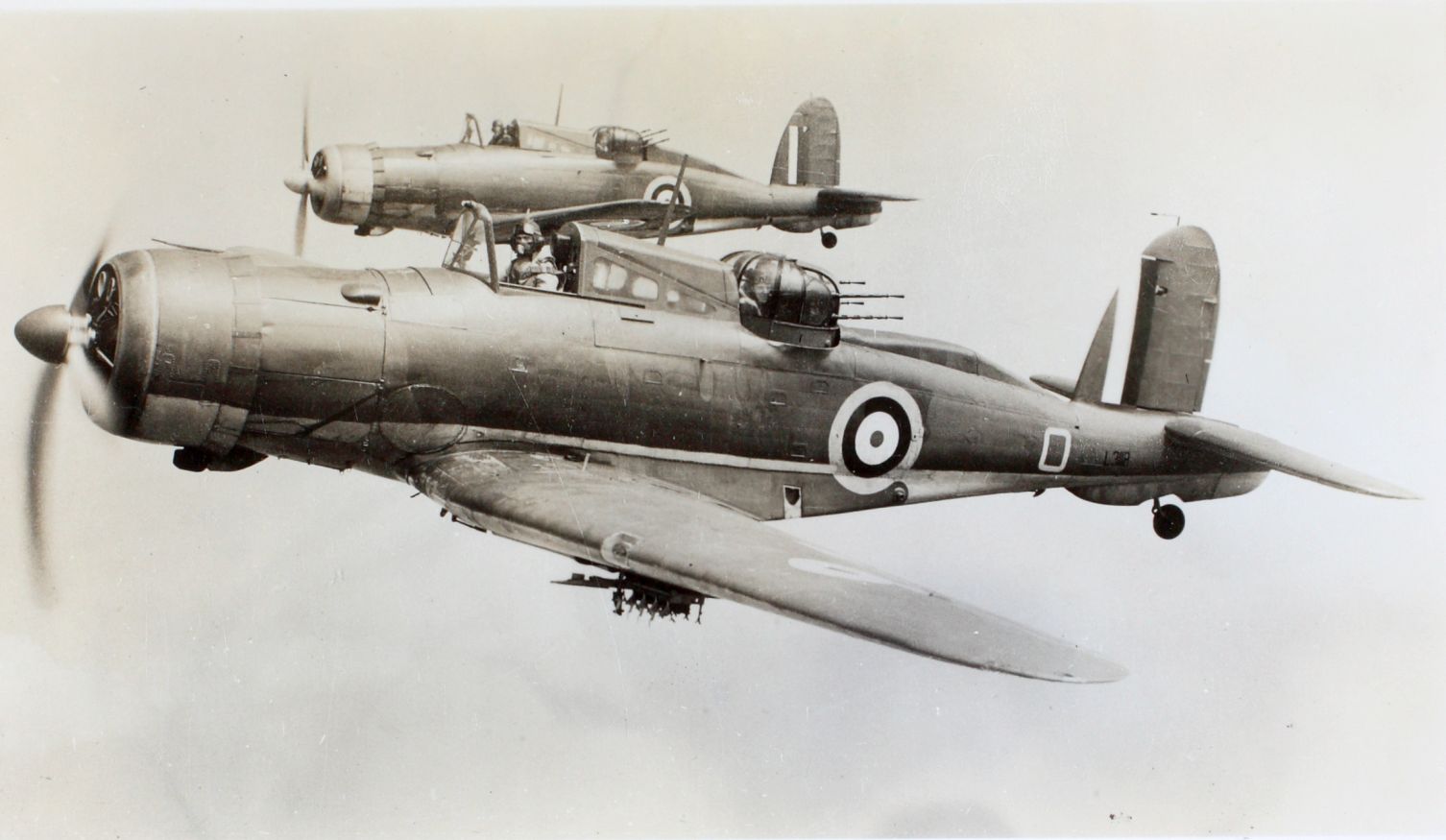
Blackburn struck again with the Roc, a turret fighter dreamed up in the 1930s. Designed to intercept bombers with a rear-facing turret, it had no forward-firing guns and was painfully slow.
When deployed in Norway in 1940, Rocs were outclassed by German fighters and bombers alike. The aircraft never managed a single kill on its own. By the end of the year, it was withdrawn from combat and used for towing targets.
Italy’s Breda 88: From Record-Breaker to Scrap
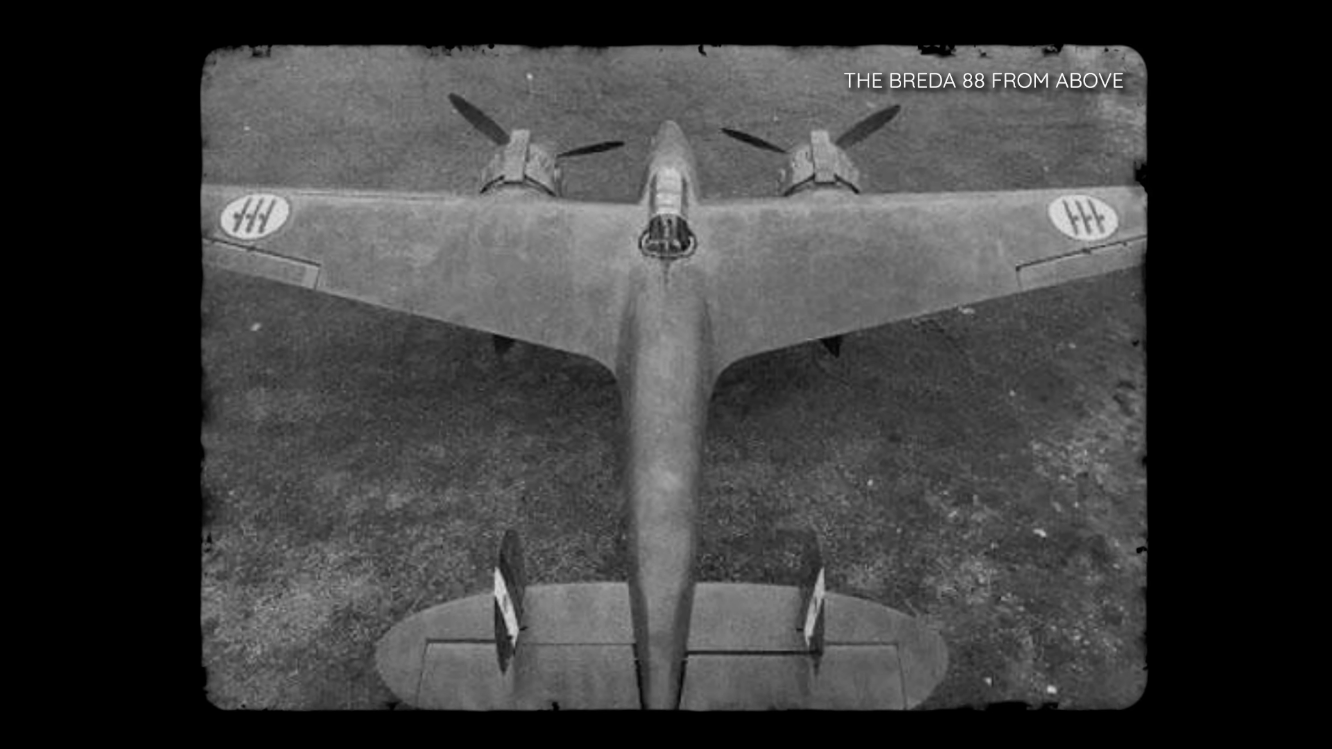
The Breda 88 began as a marvel. In 1937 it smashed speed records, averaging over 550 km/h. But once loaded with weapons and equipment, its performance collapsed.
In North Africa, sand filters on the engines cut power so badly that some Bredas couldn’t even take off. Crews abandoned them on the ground, stripping them for parts. What was once a propaganda triumph ended as little more than junkyard material.
Germany’s Me 163 Komet: A Rocket Too Dangerous
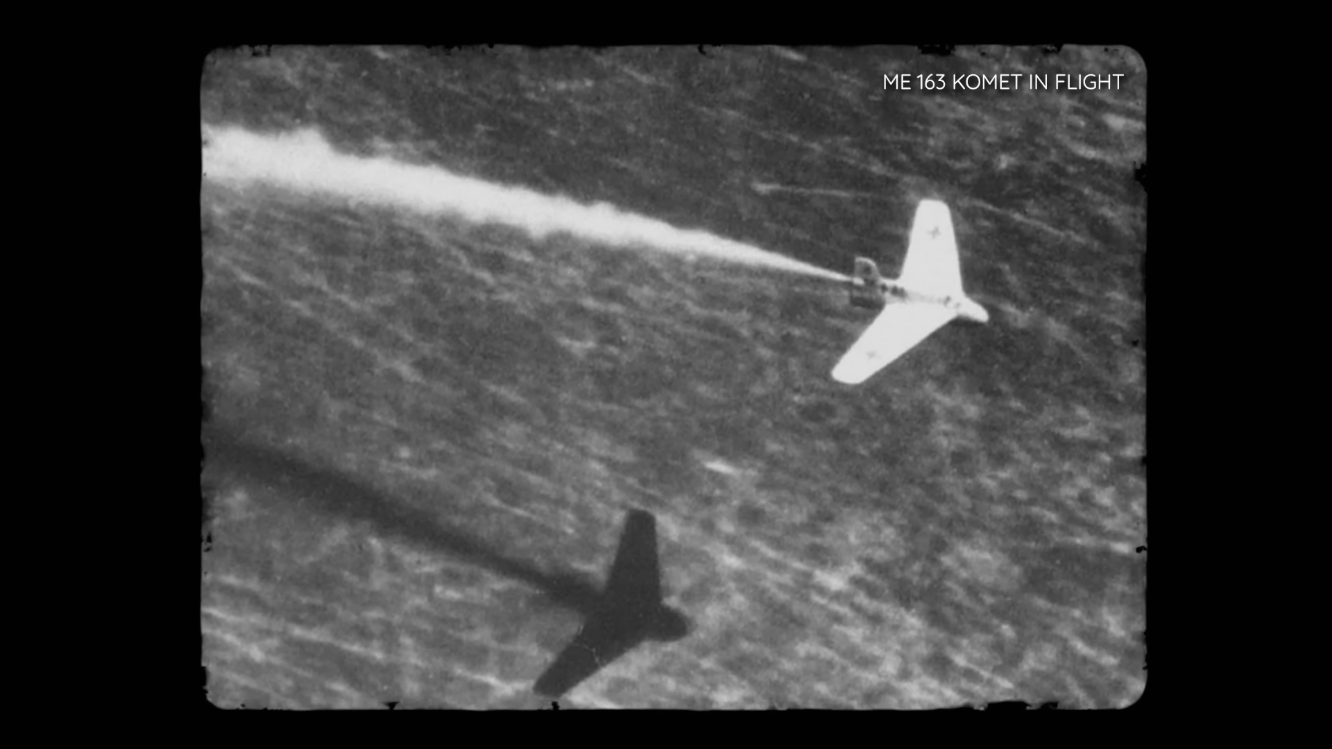
The Me 163 Komet was unlike anything else in the sky—a rocket-powered interceptor capable of more than 1,000 km/h. But its volatile fuel often exploded on contact, killing pilots and ground crew alike.
Even when it worked, the Komet had only a few minutes of powered flight before becoming a glider. Pilots had seconds to attack Allied bombers before they ran out of fuel, and landings were notoriously deadly. Despite its astonishing speed, it claimed only nine kills during the entire war, while nearly 80% of Komet pilots died in accidents.













